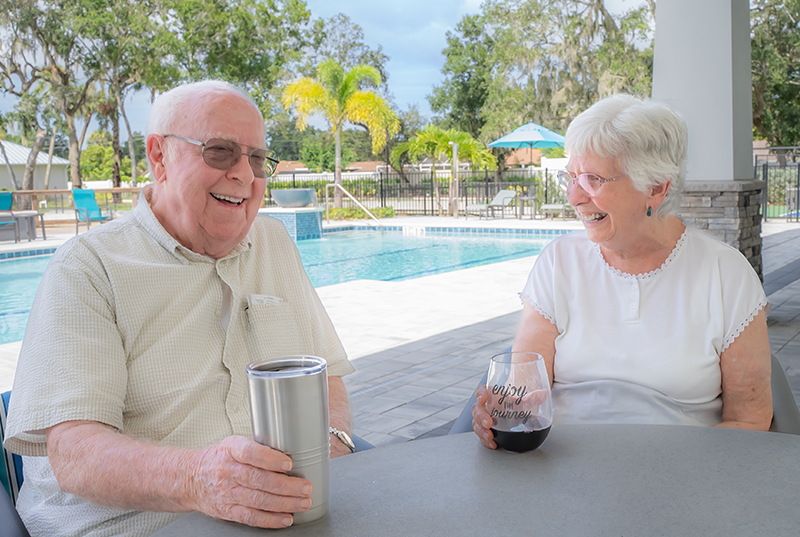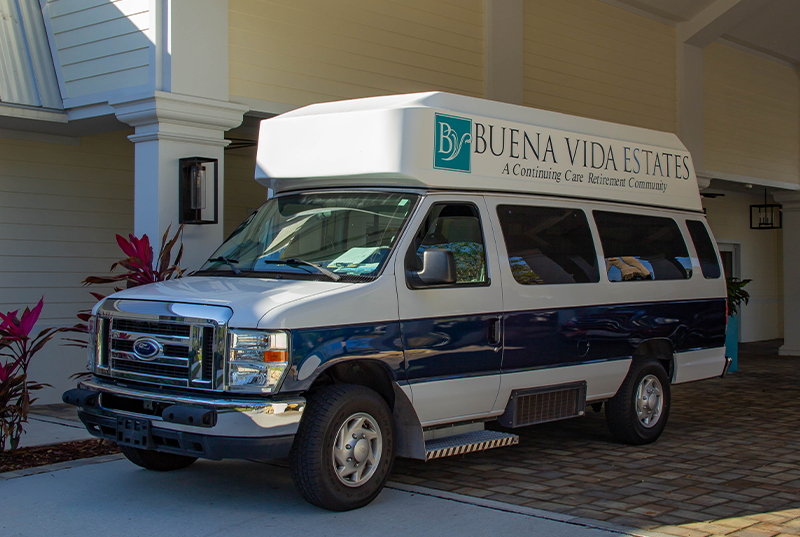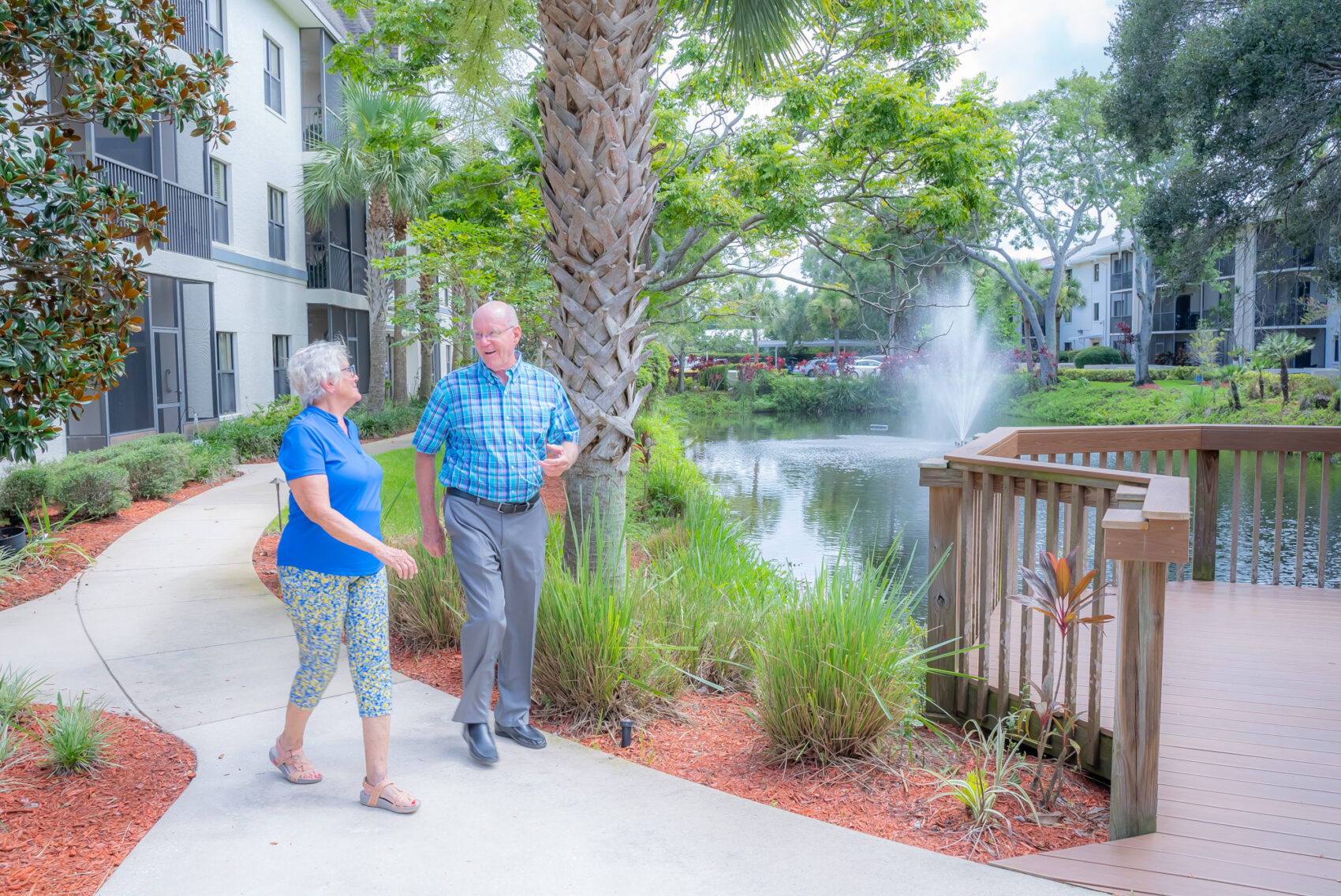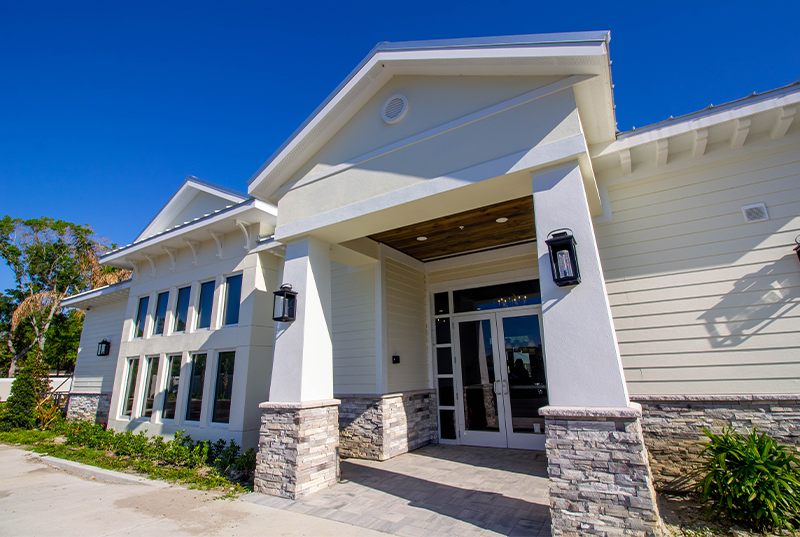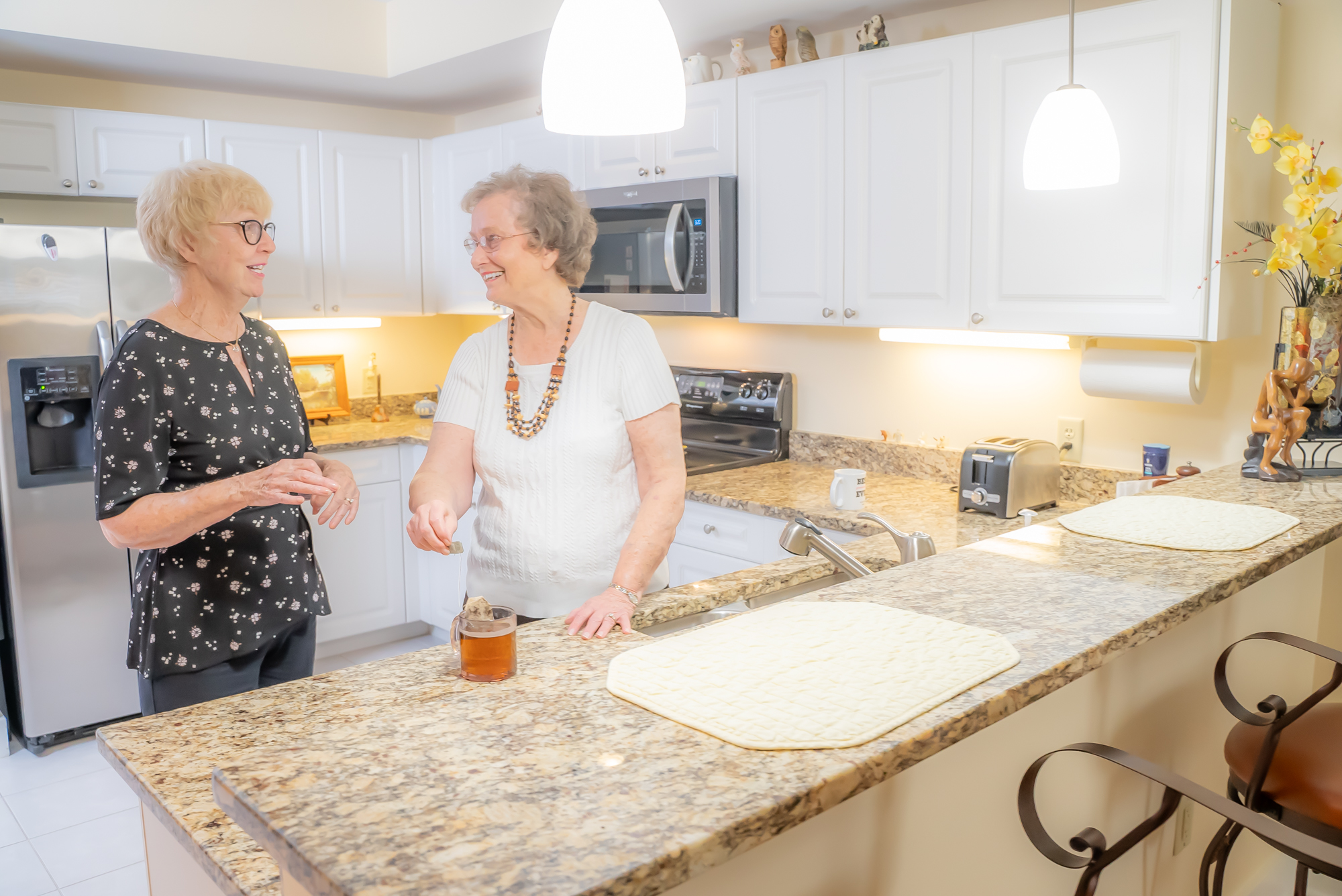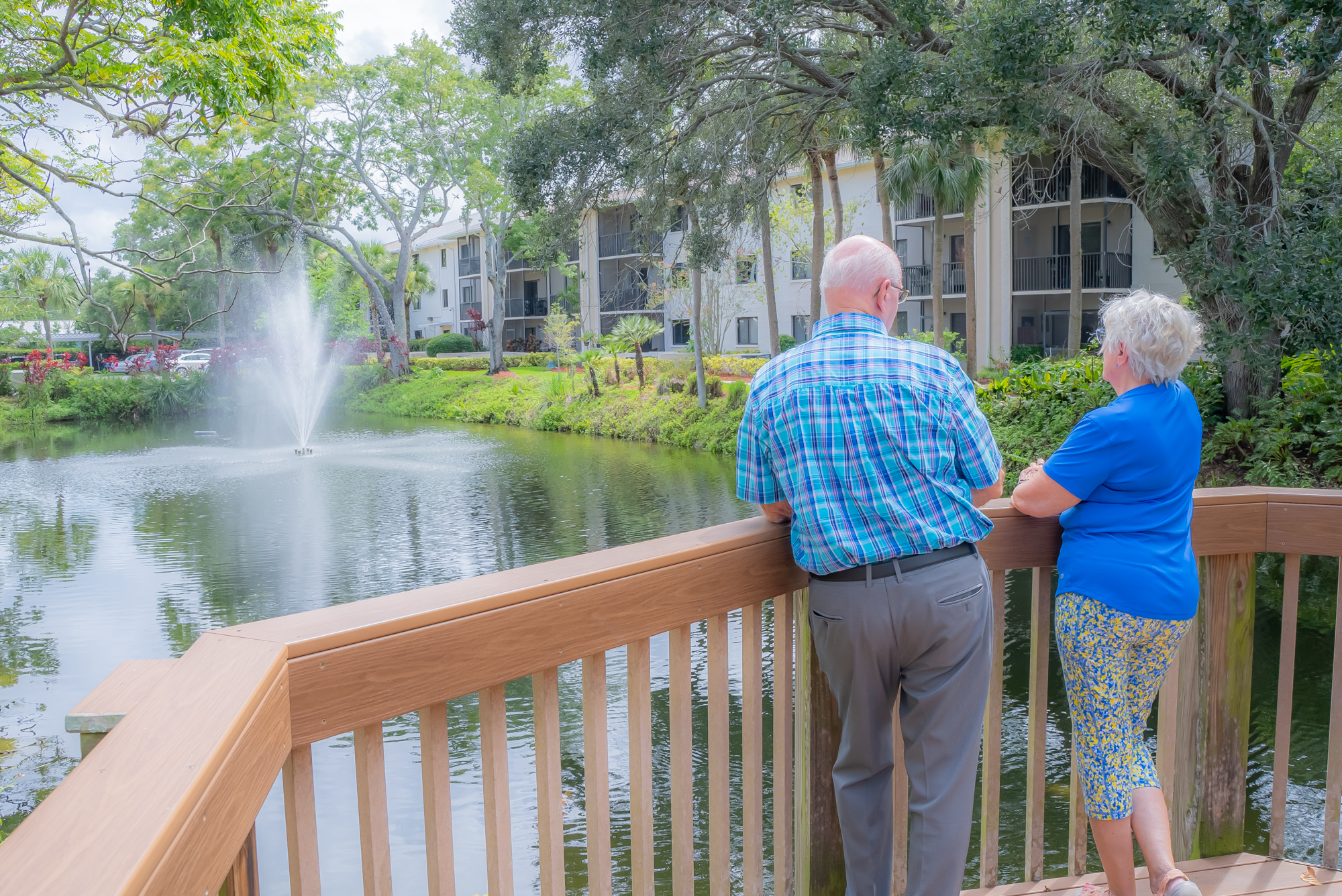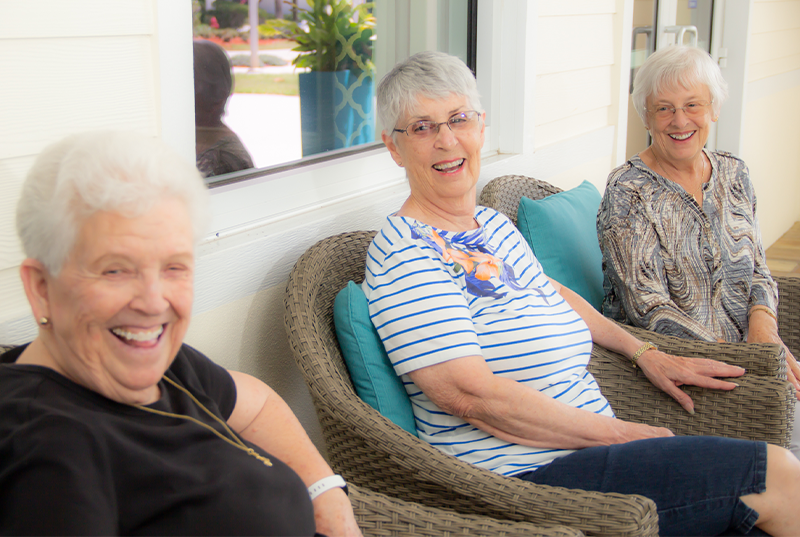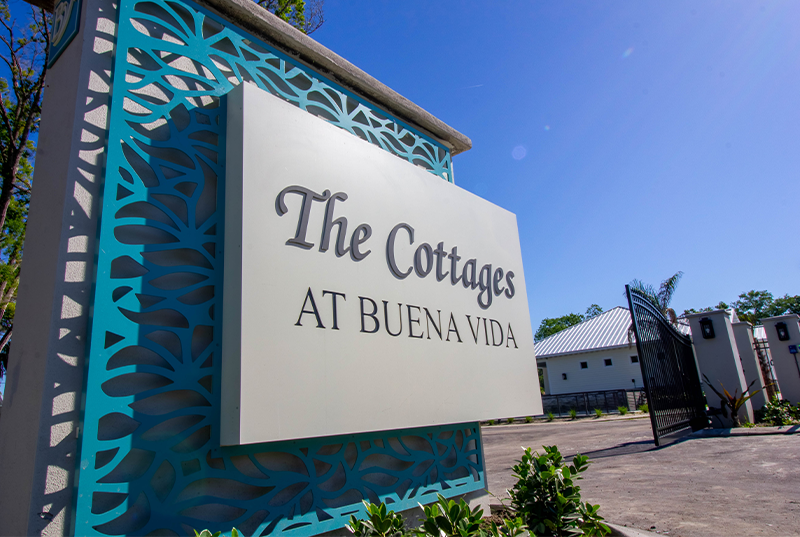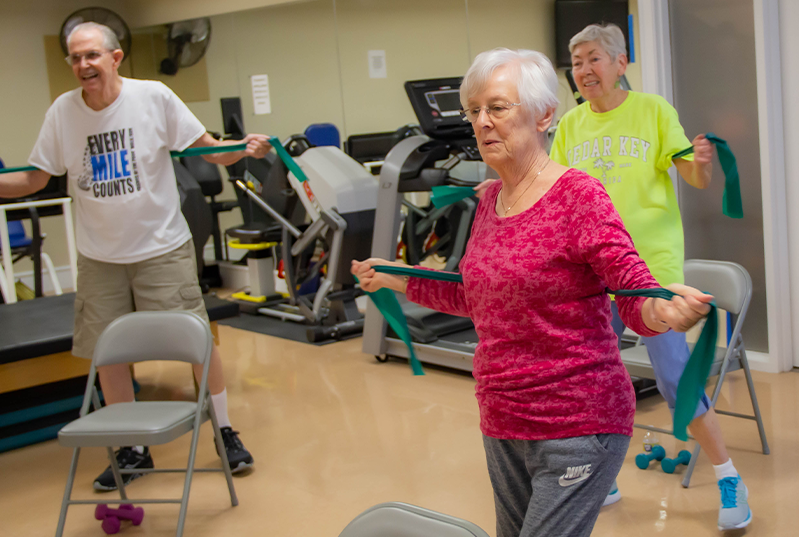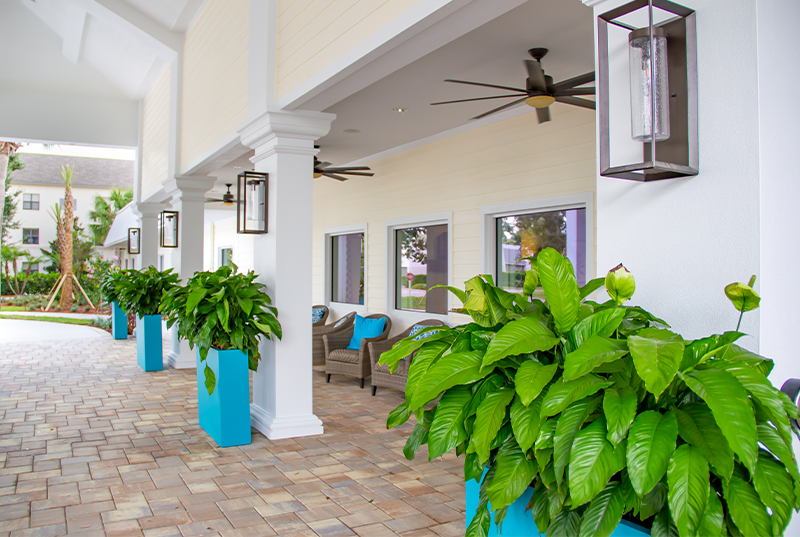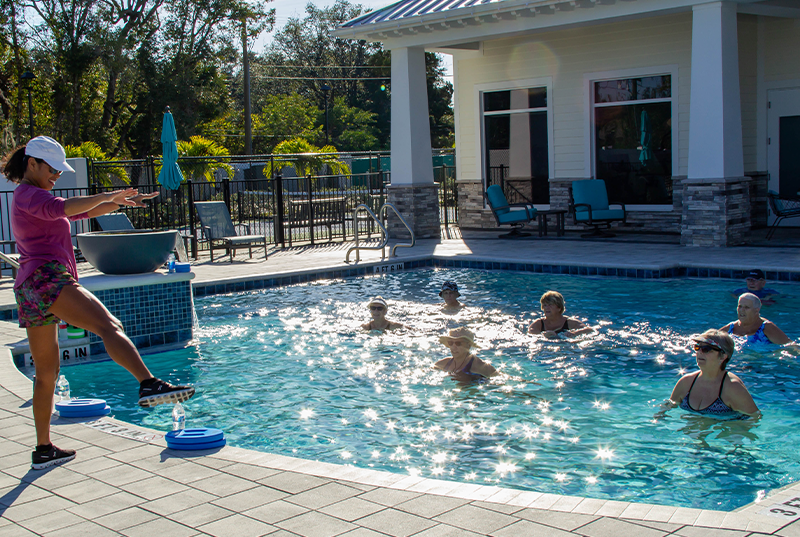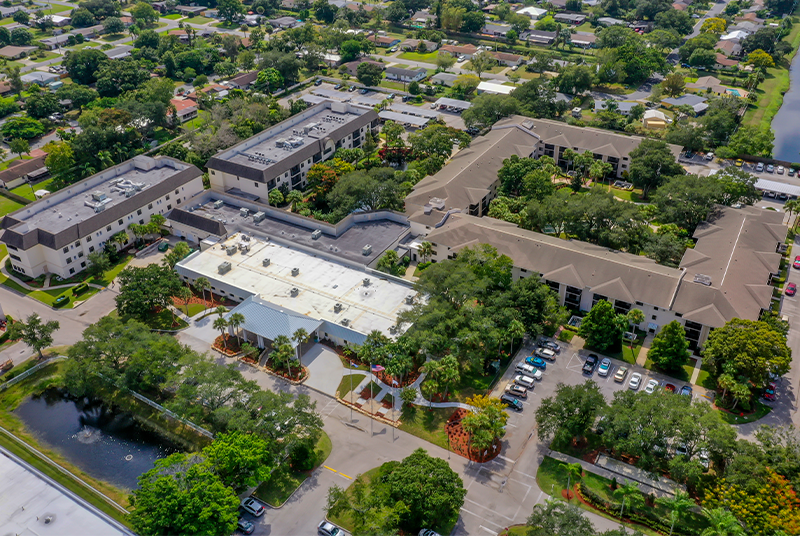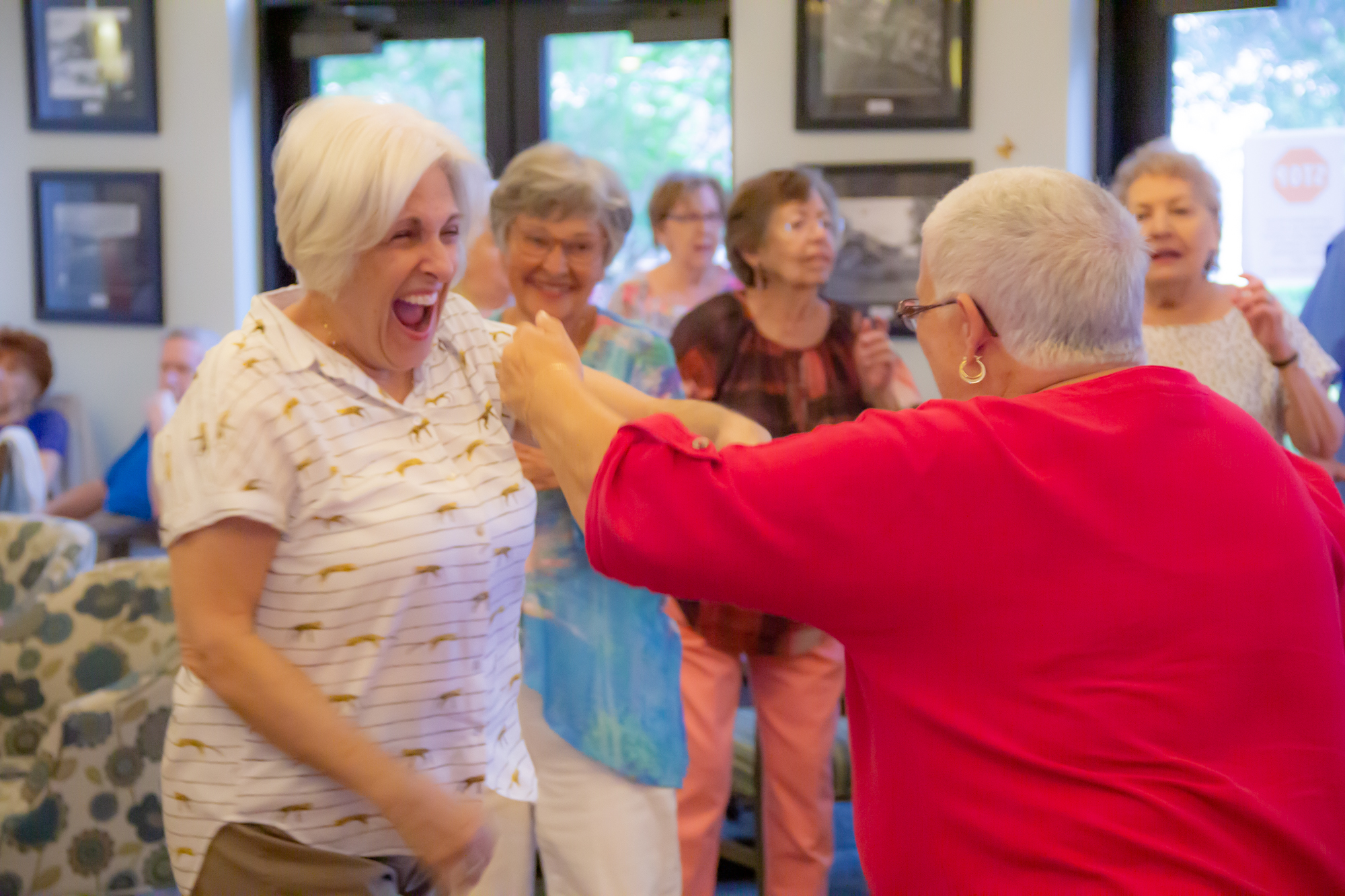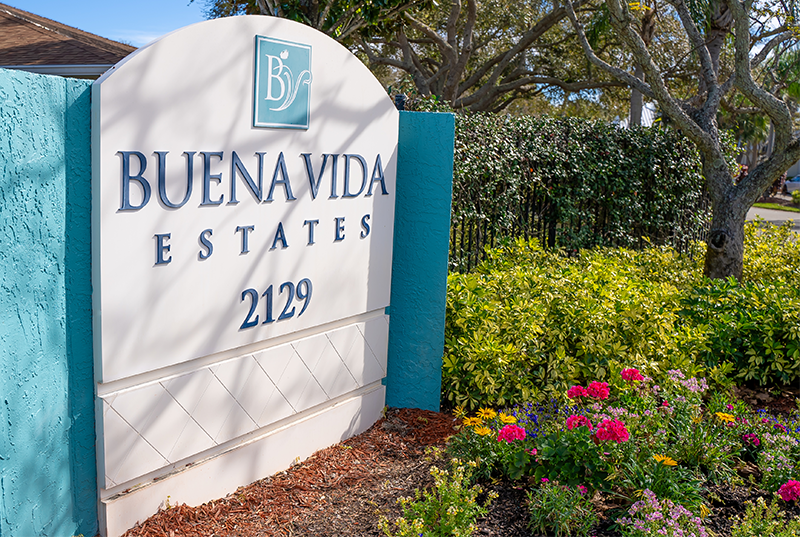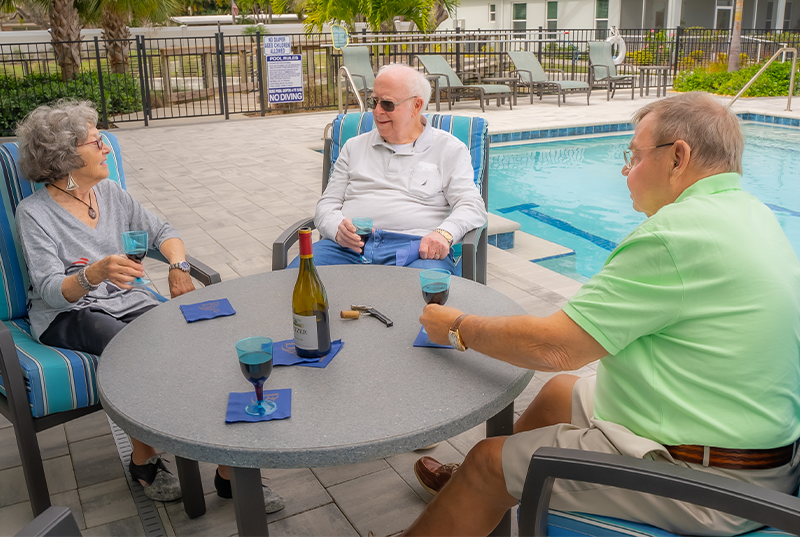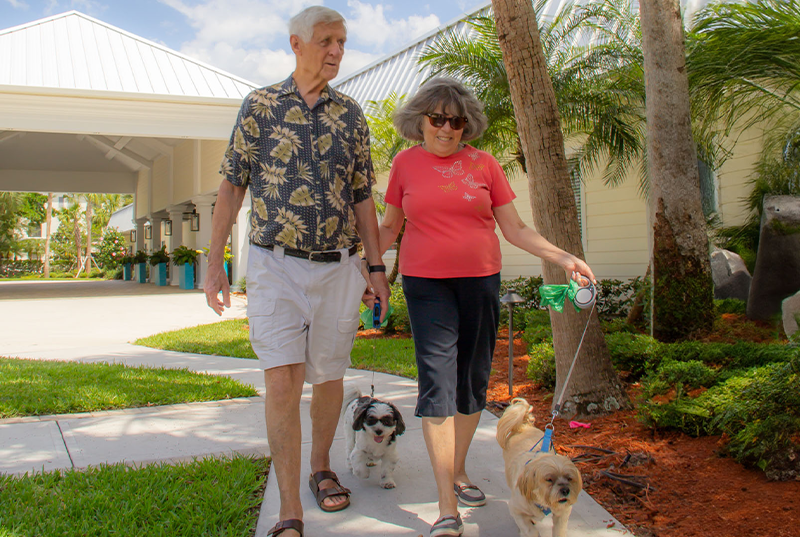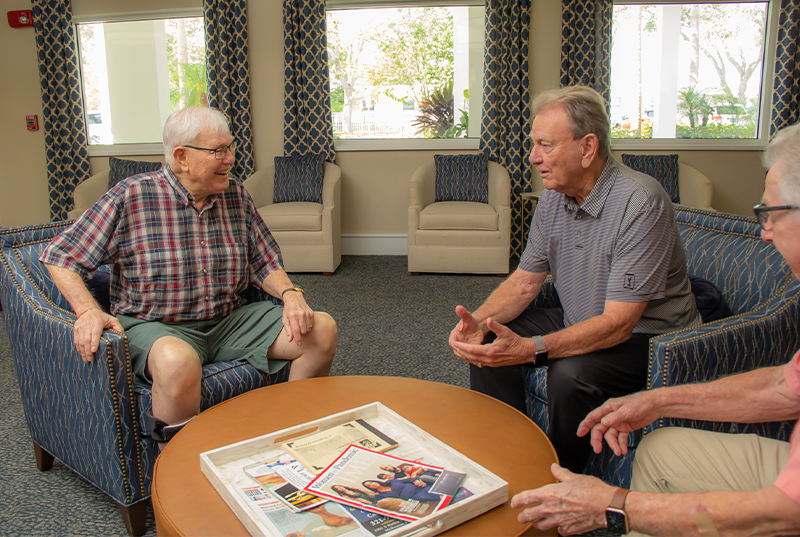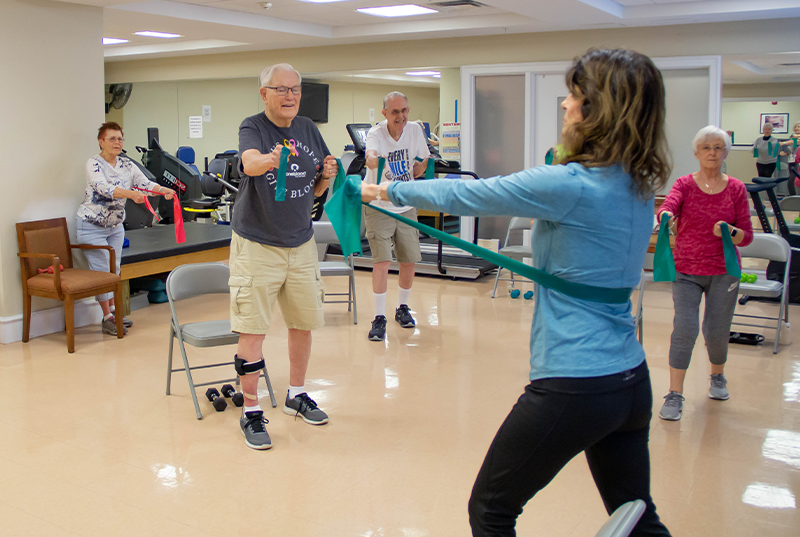Understanding CCRCs & The Benefits
Buena Vida Estates provides relief.
A CCRC is a continuing care retirement community.
So when you become a resident, you no longer need to worry about financial security, the rising cost of health care, property taxes and insurance, or home maintenance costs!
What is a CCRC?
.
Continuing Care Retirement Communities (CCRCs) provide the answer for a growing number of seniors looking for the opportunity to enjoy an active and enriching lifestyle now, while knowing they’ve planned for their future.
Read more
CCRCs provide access to a continuum of care – independent living, assisted living, memory support and skilled nursing care. Typically, this care is located on the same campus as independent living. The level of service that is included and the way residents pay for the services, vary significantly among CCRCs.
Read less
Why is there an entrance fee to move to a CCRC?
An entrance fee is required since this fee allows the community to provide a wide array of services and amenities and long-term protection to keep the community sustainable for many years.
Read more
The refundable portion of the entrance fee varies from community to community. Many CCRCs offer a choice of refundable options to best suit ones’ financial goals. The percentage of refund ability that you chose will be returned to you, your children or your estate.
Read less
Can a retirement community provide a continuum of care and not be a CCRC?
Yes, however you need to understand what levels of care they are “licensed” to provide and what guarantees are in place that care will be made available to you when you need it.
Read more
The non-CCRC should share with you the expected costs associated with their care so you can determine your level of exposure and risk. You should also understand the ramifications if you deplete your assets while living at this community. There could be a likelihood that you will be asked to leave if you cannot afford to pay the monthly service fee.
A true CCRC in the State of Florida is regulated by the Office of Insurance Regulation (OIR) and must adhere to their strict guidelines including fulfilling its contractual obligations to its residents.
Read less
I’m active and independent.Why should I consider Buena Vida now?
.
The best time to move is now, while you are able to enjoy all that Buena Vida has to offer. Should you wait until you develop a need for care, you will be in no shape to move, and you may no longer qualify for continuing care coverage.
Why is there a medical and financial approval process to move to a CCRC?
.
Because a “Type A” CCRC provides-access for care and services over one’s lifetime; the community must fully understand the level of risk involved in underwriting this individual.
Read more
Read less
What is the Office of Insurance Regulation (OIR), and why is it important to me?
The OIR serves Floridians through its responsibilities for regulation, compliance and enforcement of statutes related to the business of insurance.
Read more
Non-CCRCs are not regulated by the OIR, therefore are not subject to an impartial, third party oversight. More information about the OIR can be obtained at www.floir.com.
Read less
How does a Not-for-Profit CCRC differ from a For-Profit community?
As a 501 (c) 3 corporation, a not-for-profit CCRC like Buena Vida, re-invests its profits back into the community.
Read more
A For-Profit community is “profit-driven” and makes decisions based upon generating revenue for owners/investors. These decisions may or may not be in the best interest of the residents of the community.
Read less
Are there any tax benefits of living in a CCRC?
Yes. The IRS considers a portion of the entrance and monthly fee a pre-paid medical expense. At Buena Vida Estates, this percentage has been averaging around 22%. Please consult with your financial planner and/or tax advisor for more information.
Why did you choose a CCRC?
A type A CCRC, like Buena Vida Estates, provides a contract for care and services during one’s lifetime. There’s also financial assurance taht you will NOT be asked to leave due to a medical or financial reason. This gives me, and my family, peace of mind.

